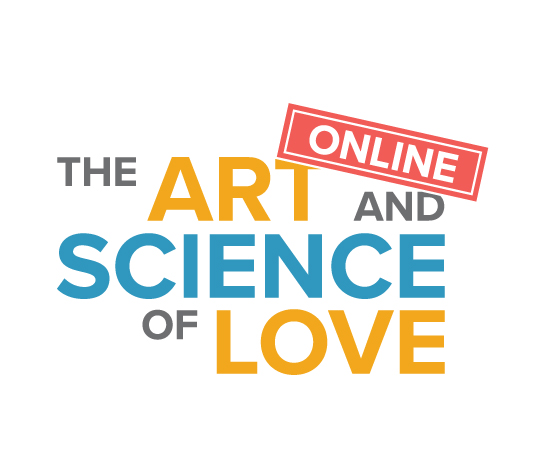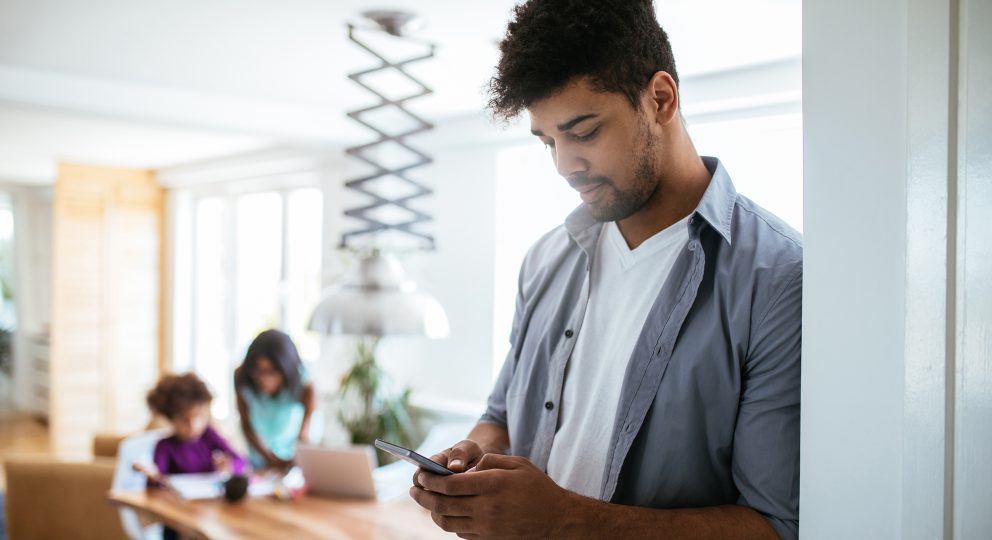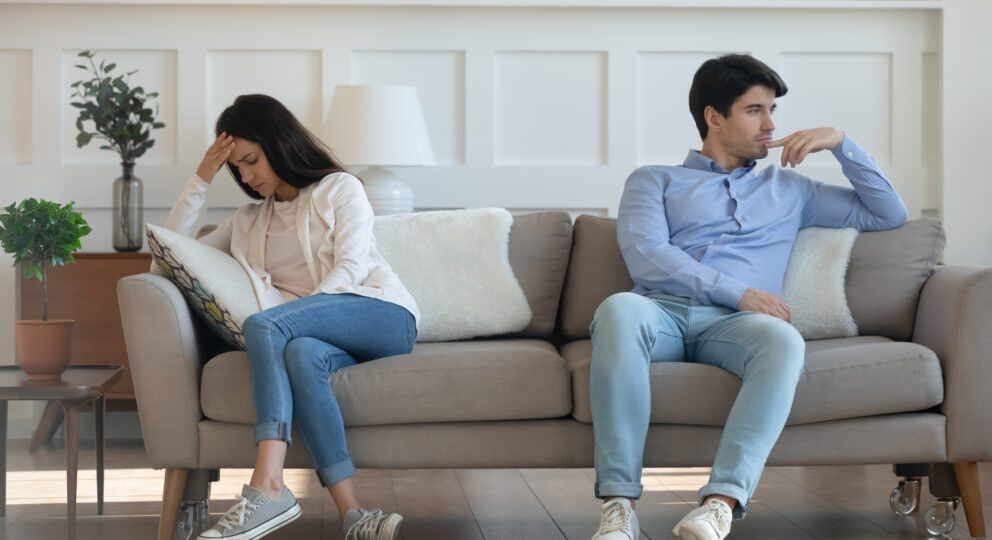We are all facing monumental changes in our day-to-day lives as a result of the rapidly developing consequences of the COVID-19 epidemic. As local, regional, state, and Federal government agencies are responding to the crisis, important and essential steps are being put in place to “flatten the curve” on the spread of this infection.
Flattening the curve refers to the projected rate of infections over a period of time. The projections include comparing the rate of infections with the ability of health care systems to manage and appropriately treat these infected patients. Different curves create different outcomes. A curve that peaks quickly in a shorter period of time, like the one we saw in Italy, overwhelms the healthcare system and treatment is limited or not available to everybody needing it. To flatten the curve means that the same number of people may be infected, but over a longer period of time, lessening stress on the healthcare system resulting in fewer people being turned away from treatment.
We Know How to Flatten the Curve
We know from previous serious epidemics what works to flatten the curve. “Social Distancing,” a term we have heard a lot of in the news, refers to not coming into contact with people unless absolutely necessary. The term “shelter-in-place” refers to a more severe strategy of social distancing in which establishments where people gather, are now shut down. Essential places like banks, pharmacies, convenience stores, grocery stores, and food delivery restaurants remain open. Unlike a lockdown, where people are banned from leaving their house without permission, shelter-in-place is not a full quarantine, but provides the option to leave the house for walks and necessary trips.
The Impact of Shelter-in-Place on Recovery
People in recovery from an addictive disorder are dealing with the reality that 12-step meetings and other mutual aid groups they normally attend are now shut down and no longer providing face-to-face gatherings. Similarly, people desiring treatment are faced with the dilemma of whether to begin inpatient or outpatient treatment because of fears of increased exposure. Nobody can say how long this shelter-in-place will continue.
The good news is that there are plenty of resources to consider and explore. Family members and friends experiencing secondhand harm for somebody else’s problematic substance use or compulsive behavior also have options that can support them through this period of time. Dr. John Gottman and I are currently researching a relational approach to addiction recovery called Roadmap for the Journey.
When In-Person Meetings are Not an Option
This is not a new concept by any means. Interestingly, there is a long-established history in Alcoholics Anonymous dating back to 1949 of providing for members who are unable to attend meetings in person. Long before the advent of email, the General Services Office (GSO) staff members provided a confidential correspondence option for members who were unable to attend AA meetings in person. Titled the “Loners Internationalist Meeting” (LIM), members provided their postal address to write correspondence where they could share their “…experience, strength, and hope.” The categories included “Loner,” defined as someone who didn’t have a meeting in their vicinity, and “Homer,” someone who had a physical disability.
Today, there are more options offering a variety of approaches and modalities. Here is a sample list of alternatives to consider during this shelter-in-place period of time:
- Online Zoom meetings and other video conferencing platforms offer meetings for AA, Smart Recovery, Lifering, Al-Anon, etc. (Many mutual aid groups have an online community, look up the ones you are interested in)
- Discord communities that offer recovery support through text, voice, and video chats.
- Recovery-oriented podcasts. (e.g. Landmark Recovery Radio and The Betrayed, The Addicted, The Expert)
- Reading materials and recovery literature.
- Phone calls to sponsors, recovery coaches, and recovery support.
- Recovery apps on your smartphone and tablets. (e.g. SoberTool and 12 Steps Companion AA Big Book)
- Telehealth options with therapists, recovery programs, treatment programs, and other supports over video conferencing. (You can find a therapist offering telehealth on the Gottman Referral Network)
- YouTube videos on recovery speakers and recovery support.
- Reddit forums on recovery and sobriety communities.
- Taking time and making effort for healthy living choices around nutrition, exercise, yoga, meditation, time for fun, learning, and personal growth.
The above list is just a starting point. Make finding resources a priority, because isolation is a slippery slope in recovery. When attending meetings in person isn’t an option, there are ways to avoid being alone in managing issues or concerns around problem behaviors.








